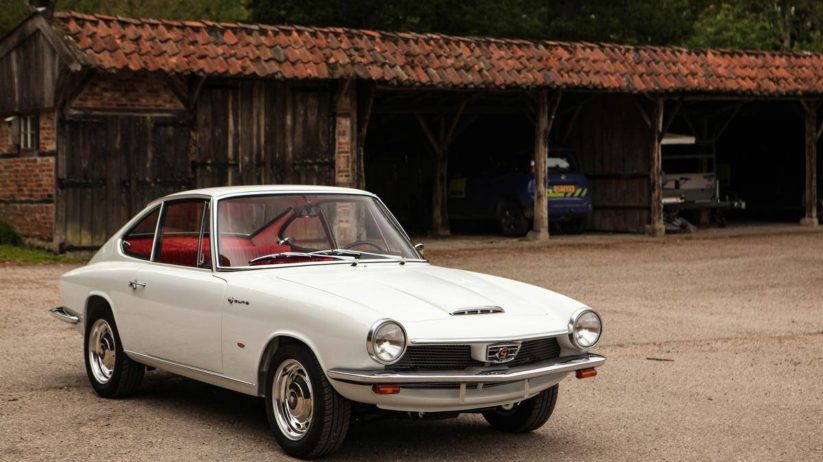With a few notable exceptions, classic BMW styling isn’t what you’d call “beautiful.” I’m not saying that it’s ugly by any measure; that would be a ridiculously indefensible position. Mind your pitchforks, please.
Instead, I’m saying that the company’s designs echoed their conservative corporate culture. I’d readily call any BMW from the early 1970’s or prior handsome, attractive, or perhaps even timeless. However, few cars stack up to the jaw-dropping beauty of, say, the 507.
Enter Glas. With a curvaceous body designed by Frua, the Glas 1700GT offered supermodel looks comparable to any contemporary Italian sports car. This example, found on Hemmings, was sold in Beverly Hills, California, in June of 1966.

That’s just before BMW took over Glas later that same year. From 1967, the Glas 1700GT was sold as the 1600GT, utilizing the M10 engine found in the contemporary BMW 1600. In addition, a subtle bodywork change resulted in a small pair of kidney grilles—one of BMW’s famous trademarks—finding a home above the front bumper. Incidentally, the Hofmeister kink, or at least what seems like a fair approximation, was already present.

This car surely represents one of the last cars built before the changeover. It’s worth featuring here, since, visually, so little changed for the 1967 Glas 1600GT. Production of the BMW-built Glas 1600GT would end in May of 1968 after just 1,259 cars were produced, a tiny fraction of which were convertibles.

It serves as an interesting historical footnote to BMW’s early success and business acumen —and it’s a damn good looking car, too, almost resembling a baby 507 coupe in the same way Mercedes-Benz’s 300SL has a little brother in the contemporary 190SL.
Glas was, at the time, a competitor to BMW, but, like our favorite brand not so many years before, they fell on hard times. With no Quandt family to serve as Glas’ guardian angel, BMW swooped in and acquired Glas. Along with it, the also acquired the company’s patents. Glas was the first company to use a timing belt with an overhead camshaft; with that company’s acquisition, BMW had access to this technology. The rest is history.—Cam VanDerHorst
[Photos





















